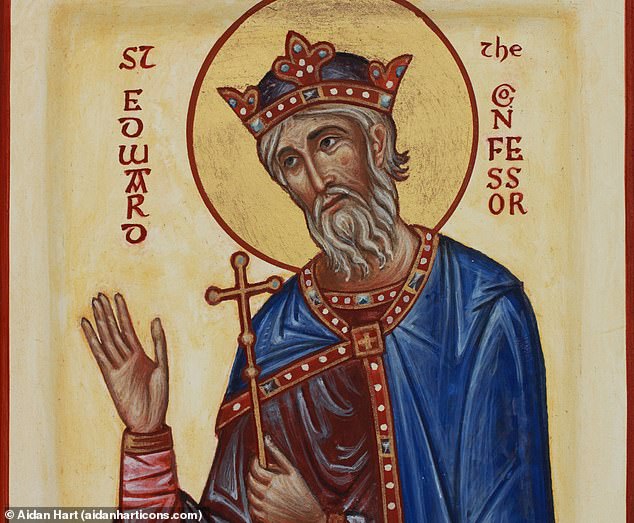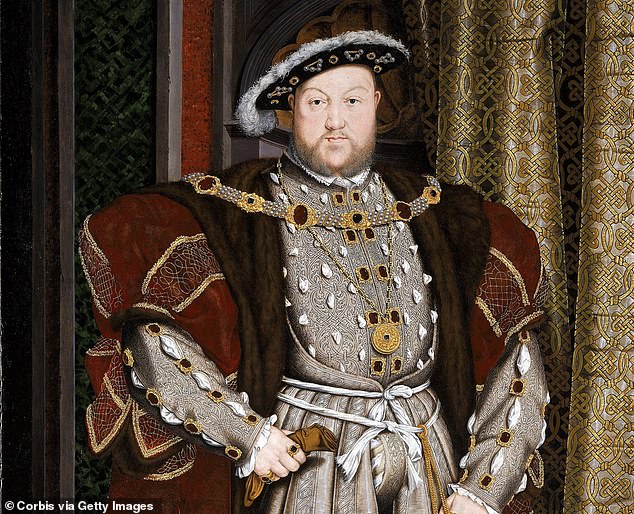English royalty used to claim they were bestowed with divine, mystical powers and could heal the sick peasantry with their touch.
The Royal touch was a ritual practised over hundreds of years in medieval England, where people would travel from far and wide to have their oozing boils massaged by a King or a Queen.
On the latest episode of ‘Queens, Kings, and Dastardly Things‘, royal biographer Robert Hardman and historian Kate Williams delve into this ‘astonishing’ practice, from its French origins to its decline in popularity under the Stuart dynasty.
What was the Royal touch?
During the Medieval and Renaissance periods, a form tuberculous, known then as scrofula, ran rife through the peasantry.
The disease caused large, blue and purple growths to appear on the neck. These leaking lesions were accompanied by other more common symptoms of tuberculous, including fever, malaise, and sudden weight loss.
The sickness emerged in vitamin-deprived poorer people, caused by unpasteurised milk, but it could resolve itself without medical intervention.
During this time, the English monarchy wanted to portray itself as semidivine, having magic powers that elevated it above the peasantry it ruled over.

During the reign of Edward the Confessor, the sick started visiting the royal court to be healed of scrofula by the holy hands of the monarch

The Tudor dynasty continued the tradition, with records of Henry VIII performing the unsanitary ritual
Kings and Queens claimed their touch had healing properties, a sign their reigns were favoured by God.
In the reign of Edward the Confessor, the poor and sick started visiting the royal court to be healed of scrofula by the holy hands of the monarch.
Historian Kate Williams described: ‘It was thought that the disease was passed on by touch, but it was also thought to be cured by touch as well.
‘It is said that Edward anointed a sick woman’s throat with water and made the sign of the cross above it.
‘The King then softened and separated [the growths] and with the pressure of his hand, drawing worms, together with pus and blood out of the various holes. It was said the good King cured her.’
Although people with other illnesses also desired the Royal touch, it became synonymous with scrofula as the disease could appear as though it had been miraculously cured, a virtue of the body’s ability to fight it on its own.
The Tudor and Stuart dynasties continued the tradition, with records of Henry VIII performing the unsanitary ritual, but after the reign of Queen Anne it fell out of favour.
Anne died with no heirs and the Hanoverians assumed the throne. German rulers who, as historian Kate Williams notes: ‘Had no time for this strange English custom’.
To learn more about monarchs and their supposed feats of magic, search for Queens, Kings and Dastardly Things – wherever you get your podcasts.







